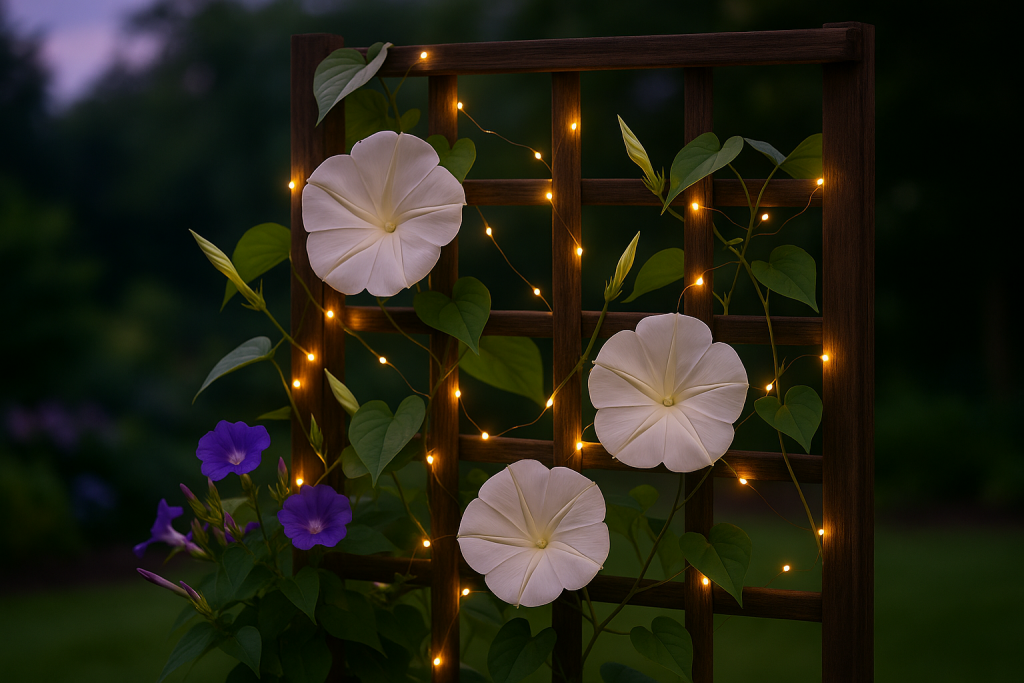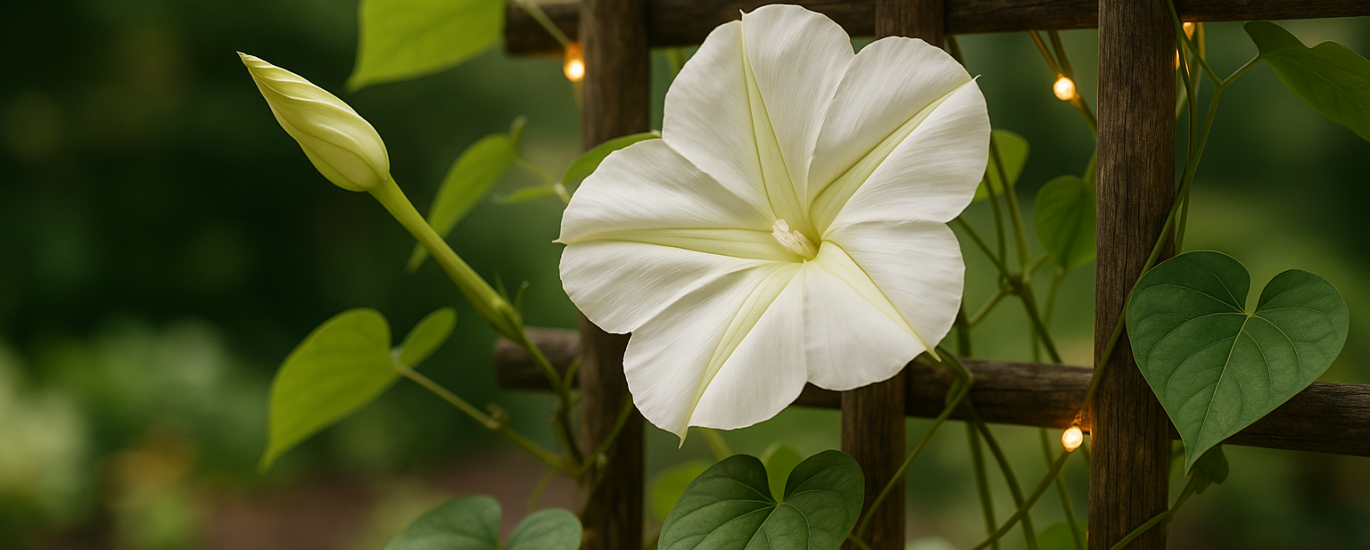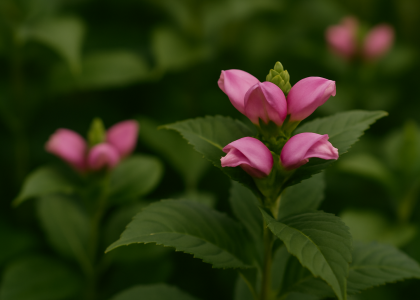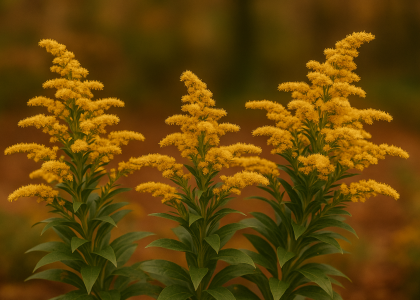Why Gardeners Are Falling in Love with Moonflowers Again
In an age of sensory overload, Moonflowers (Ipomoea alba) offer a refreshing pause: a twining, elegant vine that waits for twilight to unfurl its luminous white blooms and release a soft, citrusy fragrance. Beloved by evening garden lovers, pollinators—and romantics—moonflowers are making a comeback in 2025, as more gardeners prioritize fragrance, low-light beauty, and pollinator-friendly planting.
From trellised patios to romantic cottage beds, moonflowers are the crown jewel of any moon garden.

Plant Profile: Moonflower at a Glance
| Feature | Description |
|---|---|
| Common Name | Moonflower |
| Scientific Name | Ipomoea alba |
| Plant Type | Tender perennial vine (grown as annual in most zones) |
| USDA Zones | 9–11 (perennial), 6–8 (annual), 3–5 (start indoors) |
| Bloom Time | Mid-summer to early fall, blooms at dusk |
| Fragrance | Light, sweet citrusy scent |
| Sun Requirements | Full sun (minimum 6–8 hrs/day) |
| Toxicity | Mildly toxic if ingested (seeds), handle with care |
Where to Grow Moonflowers: Best Zones & Regions
Moonflowers are heat lovers and thrive in long summer conditions. Here’s where they grow best:
United States
- Zone 9–11 (Perennial): Southern Florida, South Texas, Arizona, parts of Southern California
- Zone 6–8 (Annual): Georgia, Carolinas, Tennessee, Mid-Atlantic, Southern Midwest
- Zone 3–5 (Short Season): Start seeds indoors in early spring; transplant after frost danger passes
Europe
- Mediterranean Regions: Southern Spain, Portugal, Southern Italy, Greece (as perennial)
- Temperate Zones: France, UK South, Germany (as annual with seed start)
- Requires a long warm summer and good sunlight to flower well
How to Grow Moonflowers: A Step-by-Step Guide
Soil & Planting
- Soil: Rich, well-drained, loamy mix
- Sowing Tips:
- Nick the seeds and soak overnight before planting
- Sow directly after last frost OR start indoors 4–6 weeks early
- Space 6–12 inches apart near a support structure
Light & Location
- Needs full sun to produce blooms—minimum 6 hours/day
- Best grown along fences, trellises, or arches in warm, wind-protected spots
Watering & Feeding
- Keep soil moist but not soggy
- Fertilize every 2–3 weeks with a balanced bloom booster
- Reduce nitrogen to avoid excess foliage and delayed blooms
Care & Bloom Encouragement
- Remove spent flowers to encourage more blooms
- Pinch growing tips early to promote bushiness
- If flowering delays, cut back leaves to redirect energy
3 Innovative Garden Solutions for Modern Moonflower Growers
Real Grower Problems × Trend-Driven Planting = Pure Garden Magic
Moonflowers are undeniably beautiful—but they’re also surprisingly functional. Whether you're gardening in a tight urban space, navigating short growing seasons, or cultivating a pollinator-friendly sanctuary, these creative solutions transform Ipomoea alba into the MVP of your night garden.
1. Vertical Privacy with a Fragrant Twist
Who says privacy screens have to be boring? With their fast-growing vines, lush heart-shaped leaves, and glowing white blooms, moonflowers offer a romantic, living alternative to fences and partitions.
How to Use Moonflowers for Soft Screening:
- Train vines up a freestanding trellis, wall-mounted grid, or arched obelisk
- Layer with solar fairy lights for enchanting twilight sparkle
- Interplant with morning glories for a dynamic duo: daytime color + nighttime fragrance
Ideal for urban gardeners, apartment balconies, or small patios where space is precious and privacy is gold.
Moonlight Bonus: The pale blooms double as natural reflectors, softly glowing in ambient light and enhancing evening atmosphere.

2. Cold Climate? No Problem—Start Moonflowers Early Indoors
Short summers used to mean no moonflowers. Not anymore. With the right strategy, even gardeners in Zones 3–5 can enjoy their moonlit magic before autumn frost arrives.
Cold-Zone Grower’s Action Plan:
- Nick and soak seeds overnight to jump-start germination
- Sow in peat pots or biodegradable seed trays indoors, 6–8 weeks before your last frost
- Harden off seedlings and transplant outdoors once nighttime temps stay above 50°F (10°C)
- Place near south-facing walls, fences, or stone paths to maximize heat and light
Bonus Tips for Success:
- Mulch around the base to conserve warmth and moisture
- Use dark-colored containers or raised beds to trap solar heat during the day
- Cover young vines with garden cloches or mini greenhouses on chilly nights
No greenhouse? No problem. With just a windowsill and a plan, you can outsmart your climate—and still have a garden that glows by moonlight.

3. Build a Moonlight Pollinator Haven
Moonflowers aren’t just dreamy—they’re ecologically valuable. As dusk falls, their trumpet-shaped blooms beckon nocturnal pollinators like sphinx moths, hawkmoths, and even nighttime bees.
Create a 24-Hour Pollinator Ecosystem:
Pair moonflowers with:
- Night-blooming jasmine – to amplify scent and height diversity
- Evening primrose – for soft groundcover and golden contrast
- Lavender or thyme – attracts bees and butterflies during the day, adds aromatic layering
Design Tip: Choose a mix of heights and bloom times for a visually textured, ever-active moon garden.
The Result? A serene garden that not only soothes your soul but supports biodiversity—from sunrise to starlight.

Moonflower Companion Planting Inspiration
| Companion | Benefit |
|---|---|
| Morning Glory | Daytime blooms, similar habit |
| Lavender | Attracts day pollinators |
| Nicotiana | More night fragrance |
| Sweet Alyssum | Soft ground cover + scent |
Moonflowers Turn Evenings into Experiences
There’s something deeply human about pausing at twilight, watching a single white bloom spiral open—and breathing in its quiet beauty. Moonflowers aren’t just plants—they’re invitations: to slow down, reconnect, and re-enchant your garden space after dark.
Whether you’re seeking natural privacy, cooler climate adaptations, or an enchanting pollinator ecosystem, moonflowers offer both wonder and utility.
Ready to grow your own moonlight garden?





